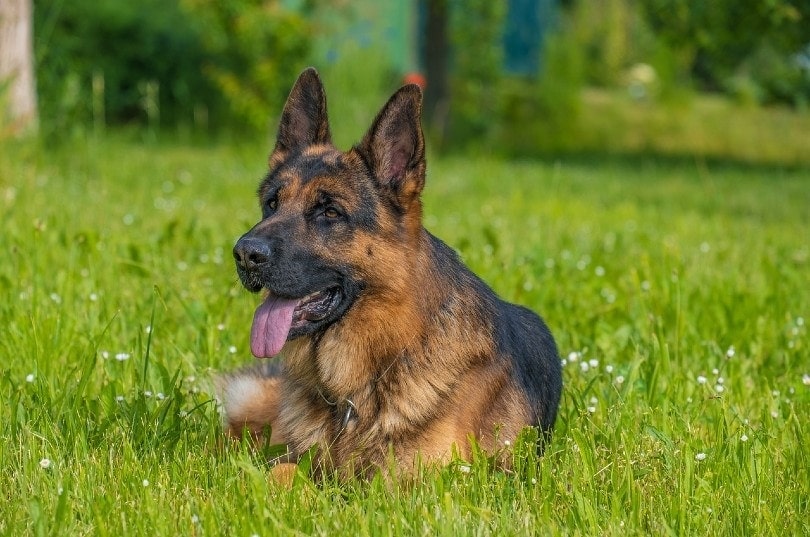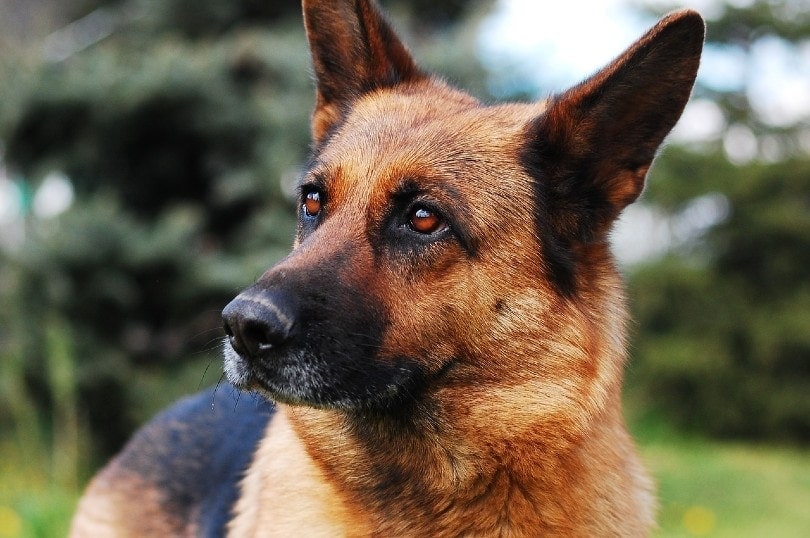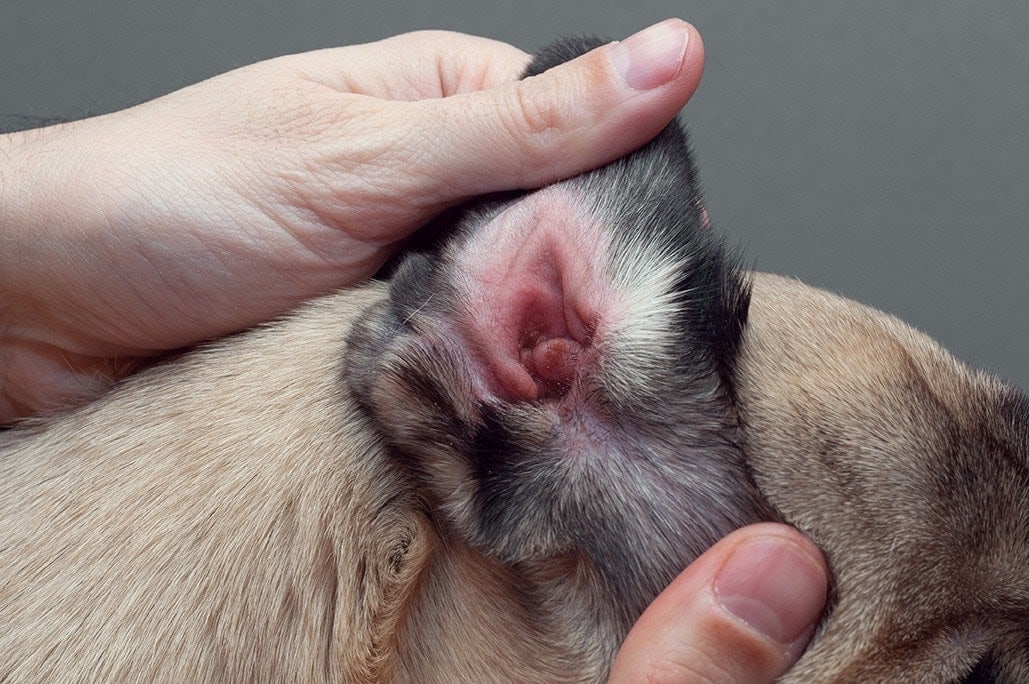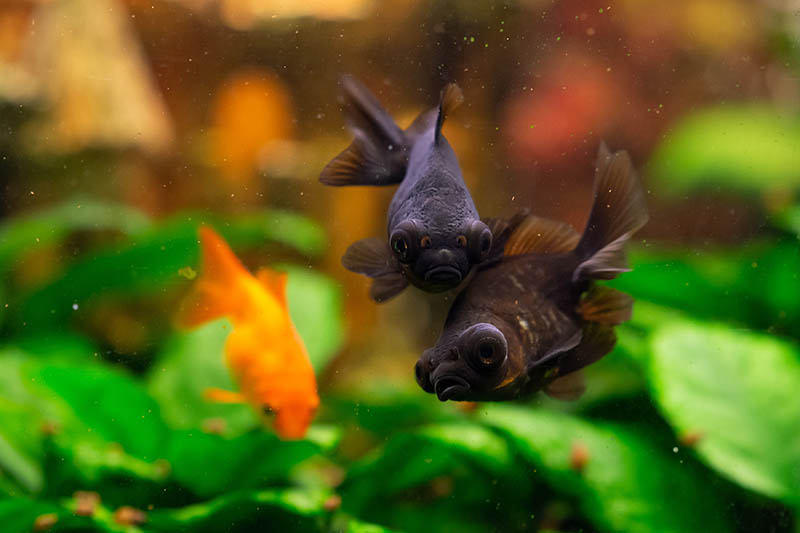Why Do German Shepherds Have Moles? Science-Based Facts & FAQ

Updated on

German Shepherds are one of the most popular dog breeds in America. They make great watchdogs and are intelligent enough to learn complex tricks and tasks. They help law enforcement and the military accomplish tasks like finding missing people and tracking down bombs to keep people safe. Owners of these wonderful pets like to learn all we can about them, and one of the stranger things we noticed is that many have what appears to be a mole on their face where their cheek would be. They are thick dark hairs that are called vibrissae.
If you have noticed this mole on your pet and would like to learn more about what it is, keep reading while we get to the bottom of this question to help you understand your dog better.
What Are the Moles on a German Shepherd’s Face?
The mark on your German Shepherd’s face that looks like a mole is not actually a mole. Your dog inherits this spot through genetics, resulting in the small circle of thick dark hairs called vibrissae that you see.

What is Dog Vibrissae?
Vibrissae are the dark, thick hairs that you can find around your German Shepherd’s mouth and above the eyebrows. These hairs connect to sensitive nerve clusters below them, which help the dog navigate its environment. These hairs are similar to the whiskers on a cat and can detect nearby objects’ size, shape, and speed and send the information directly to your pet’s brain.
Can I Remove Vibrissae?
We recommend leaving the vibrissae because they help your pet have a better view of its environment. However, suppose your dog has an accident that removes them, or you trim them off by accident. In that case, your dog might suffer some slight disorientation for a few days but should adjust, and the hairs usually grow back in a few weeks, unlike cat’s whiskers which can take much longer. While the vibrissae are growing, your dog is at a higher risk of bumping into things, especially at night.
Are All Dog Face Spots Vibrissae?
While the spot that looks like a mole on your German Shepherd’s face is natural, black spots found on other parts of the body are usually something different.

Dog Moles
Just like humans, dogs can develop moles on their skin. Moles are small areas of raised skin, usually dark brown or black. Moles usually don’t have hair, and if they do, it will only be a few strands. They are usually benign and not dangerous to your pet. It might develop one or more almost anywhere on its body, and new ones can develop as your pet ages.
Dog Ticks
What can look like a new mole is often a tick becoming engorged in your pet’s blood. Ticks can spread lime disease and are quite dangerous due to the frequency at which your pet can get bit. These pests are easy to remove with an inexpensive tool, but many dog owners are afraid because they lack experience. Luckily, your veterinarian will also remove it for a small fee.
We recommend checking your dog regularly for signs of a flea bite, even if it didn’t go outside. Ticks can be quite small at first, easily avoiding detection until they latch on and become engorged.
Canine Hemangiosarcoma
Canine hemangiosarcoma is a type of cancer that can manifest as small purple-black spots on your dog’s body. This condition can be quite serious, and we recommend seeking out a veterinarian if you see any of these marks on your dog.

Summary
It turns out that the small circle of hairs on your dog’s face is not a mole but is a genetically inherited spot of vibrissae, which are sensitive hairs that your dog uses for getting a clearer picture of its environment and for navigation. Without these hairs, your dog might become disoriented and is more accident-prone at night. Dark spots on other areas of the body can be tick bites which you should remove immediately, and you should take your dog to the vet immediately if you notice any new spots on your dog that you can’t explain.
We hope you have enjoyed reading over this guide, and that it has answered the question of why German Shepherds have moles.
Related German Shepherd Reads:
- 6 Reasons Why German Shepherds Whine (And How to Stop It!)
- Why Do German Shepherds Tilt Their Heads? (6 Potential Reasons)
Featured Image Credit: Couleur, Pixabay












